The air quality data presented in this blog is derived from publicly available government sources and independently deployed sensors by Airatom smart solution throughout delhi. This analysis aims to offer insights into air quality trends and their potential health impacts. The figures mentioned should not be interpreted as regulatory values or cited as official data for legal or compliance purposes.
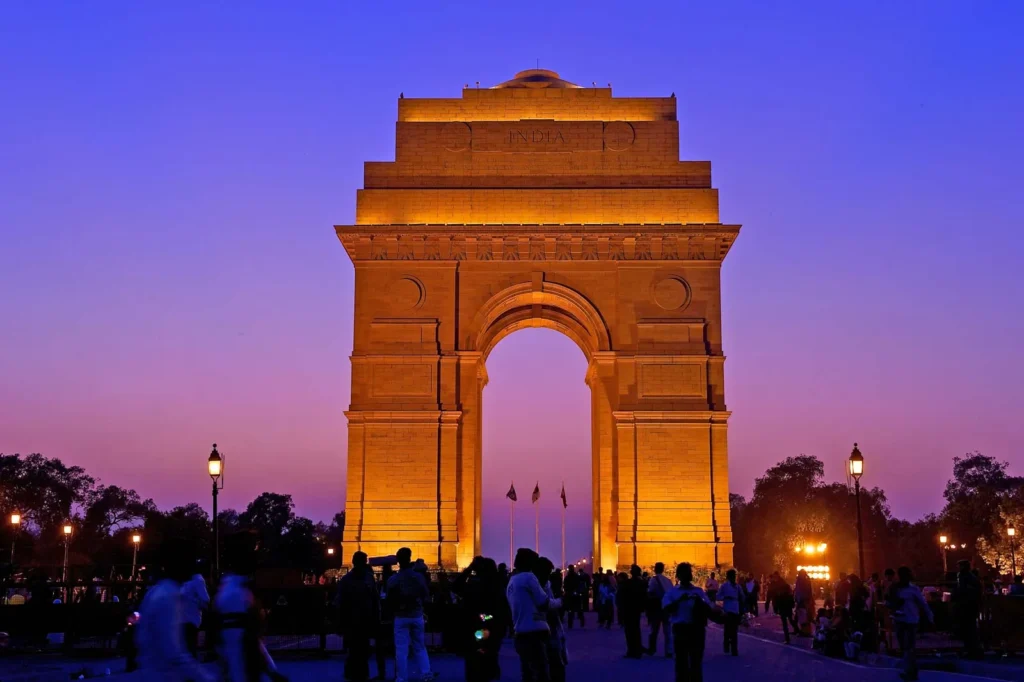
Introduction: The Air We Breathe
It was a chilly January morning in Delhi when Meera, a mother of two, stepped outside to drop her kids at school. The sun barely cut through the thick, grey smog that cloaked the skyline. Her youngest, Aryan, tugged at her sleeve and asked, “Mumma, why does the sky look so dirty?” That moment, simple yet powerful, captures the unsettling truth faced by millions across Gurgaon every single day.
This blog continues our earlier deep dive on Go through the Delhi Pollution Trends, extending the analysis to 2025. Air pollution in Delhi isn’t just a scientific metric or a government report—it’s a lived reality that affects how we work, play, raise our children, and even breathe.
While most people associate severe pollution with the winter months, the reality is far more concerning. According to U.S. air quality standards, pollution in Delhi remains unhealthy across all seasons. The misconception that air pollution is only a cold-weather concern distracts from the year-round impact on human health, especially for vulnerable groups like children, the elderly, and individuals with respiratory or cardiovascular conditions.
At Airatom smart solution, we aim to empower individuals and organizations with real-time data and actionable insights. In this in-depth report, we analyze five years of air quality data in Delhi to unravel trends, bust myths, and provide clear, actionable steps for individuals and businesses to protect themselves and their communities.

1. Five-Year Pollution Overview (2020–2025)
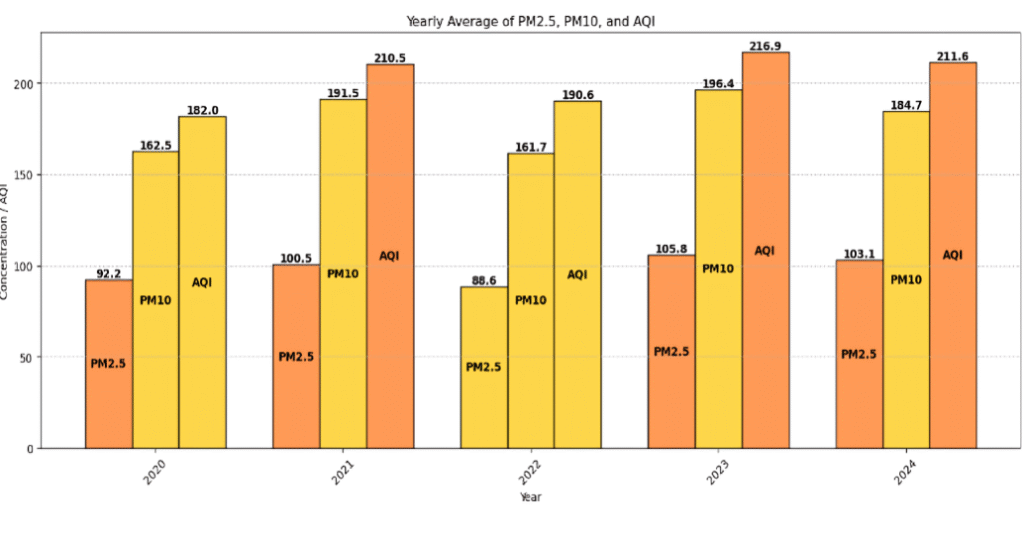
The table above reveals a worrying trend. While 2022 showed a temporary improvement in both PM2.5 and PM10 levels, the subsequent years saw a significant deterioration. Both 2023 and 2024 fell squarely in the “Very Poor” category, emphasizing that the measures currently in place are not producing long-term gains
2. Seasonal Comparison (2020–2025)
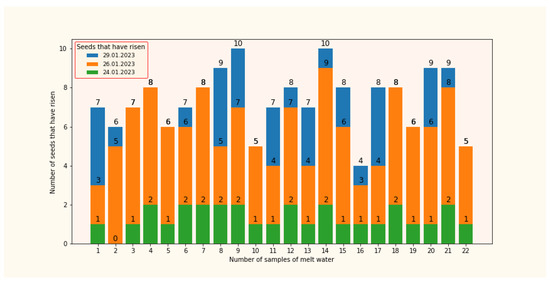
The seasonal breakdown reveals telling trends in air quality over the past five years. As expected, winter months continue to show the most hazardous pollution levels, driven by meteorological inversion, increased biomass burning, and emissions from Diwali festivities.
However, what’s increasingly alarming is the deterioration of air quality during traditionally cleaner seasons. Both spring and summer, once perceived as relatively safer periods, have consistently registered ‘Poor’ or ‘Moderate’ air quality, indicating that unhealthy air is now a year-round concern. Only the monsoon season still offers some relief, largely due to rainfall and better atmospheric dispersion.
Yet, even these categorizations may understate the actual threat.
Reframing the Reality: Indian vs. US AQI Standards
This side-by-side seasonal comparison starkly illustrates how different frameworks interpret the same data and how these differences shape public perception.
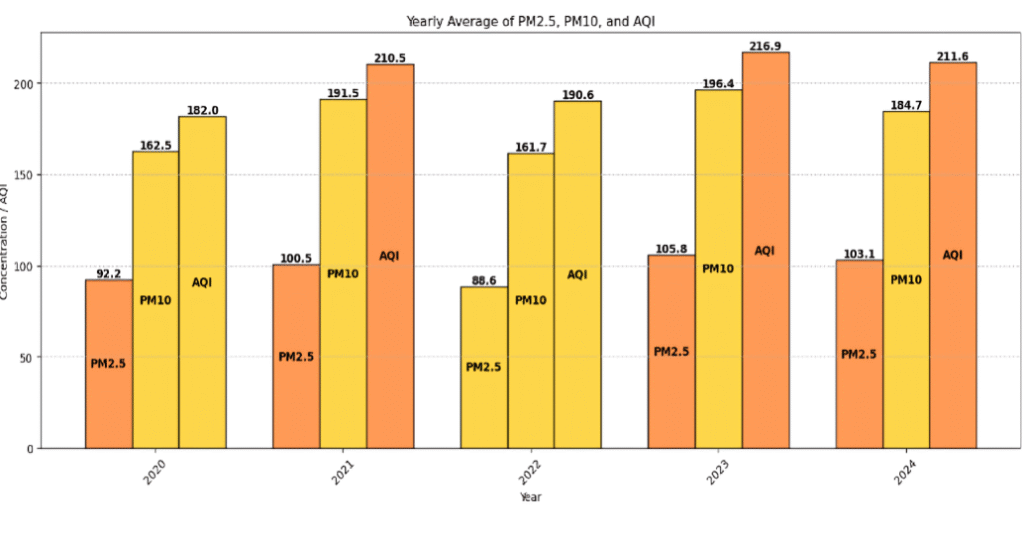
Seasonal AQI trends of Delhi over the last 5 years according to Indian AQI Standards
Five-Year PM2.5 Trend
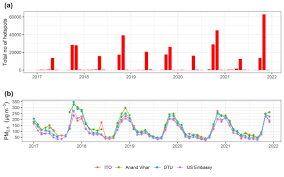
- Average PM2.5 (2020–2024):103 µg/m3
- WHO Guidelines:
- The annual average should not exceed 5 µg/m3
- The 24‑hour average should not exceed 15 µg/m3 for more than 3–4 days/year
When compared to WHO guidelines, Delhi PM2.5 levels are more than 20 times the safe limit. This continuous exposure to elevated PM2.5 levels can lead to chronic health conditions such as asthma, lung cancer, and heart disease. What is especially alarming is that children exposed to such conditions may experience stunted lung development.
5. Why Businesses & Institutions Must Pay Attention
Air quality isn’t just a personal health issue; it’s a strategic business concern.
- Employee Health & Productivity: Employees exposed to poor air are more likely to suffer from respiratory illnesses, resulting in increased absenteeism and reduced productivity.
- Corporate Responsibility: As ESG (Environmental, Social, and Governance) factors become critical in investment and partnership decisions, companies demonstrating a proactive stance on air quality stand to gain a competitive advantage.
- Data-Driven Decision Making: Airatom smart solution provides customized monitoring solutions and analytics dashboards that allow businesses to optimize ventilation systems, plan operations more effectively, and maintain compliance with internal and external air quality benchmarks.
6. What You Can Do
For Individuals:
- Regularly check AQI levels via the Airatom smart solution app or website
- Limit outdoor activities during high‑pollution hours
- Use air purifiers at home and in workplaces
- Wear certified N95 masks when outdoors
For Businesses & Institutions:
- Deploy indoor and outdoor air quality monitors
- Retrofit HVAC systems with HEPA filters
- Use air quality data to align work schedules, outdoor events, and maintenance tasks
- Raise awareness among employees and residents
Conclusion: It’s Time to Act
The evidence is undeniable: air pollution in Gurgaon is not a seasonal problem—it’s a constant, silent threat that spans the entire year. The consequences of inaction are far-reaching, impacting not only the economy but also our health, productivity, and overall quality of life.
This is not just a wake-up call, it’s a demand for sustained, informed action.
At Airatom smart solution, we believe that awareness backed by data is the first step toward change. Our advanced, real-time air quality monitoring tools empower individuals, communities, businesses, and governments to take meaningful, data-driven steps toward cleaner air. Because clean air is not a privilege it’s a fundamental right.

